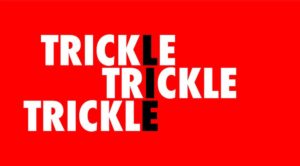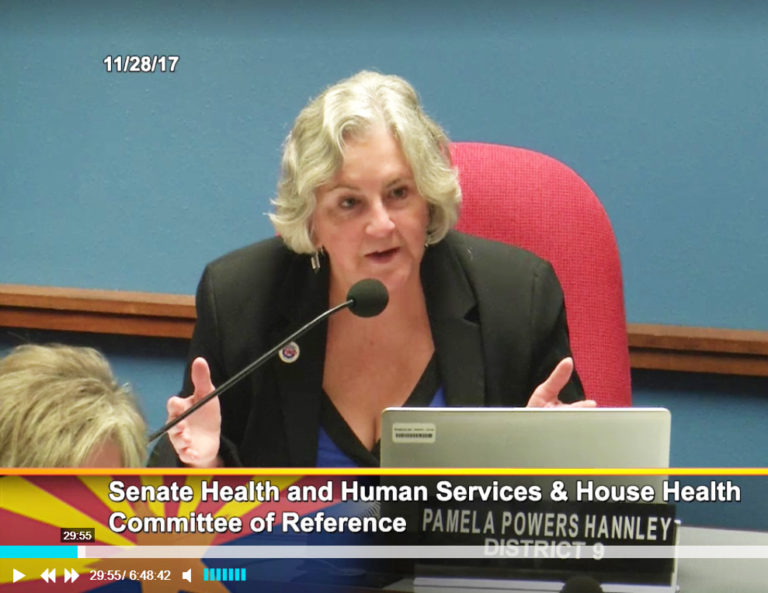Republicans control the White House, both chambers of Congress, the tilt of the Supreme Court, more state legislative chambers than any time in history, and more governor’s offices than they have held in nearly a century. Republicans Expand Control in a Deeply Divided Nation.
This is the GOP’s high-water mark since 1929 — just before the Great Depression that GOP laissez faire economic policies brought about.
Historian Robert S. McElvaine, the author of “The Great Depression: America, 1929-1941,” warns at the Washington Post, I’m a Depression historian. The GOP tax bill is straight out of 1929.
“There are two ideas of government,” William Jennings Bryan declared in his 1896 “Cross of Gold” speech. “There are those who believe that if you will only legislate to make the well-to-do prosperous their prosperity will leak through on those below. The Democratic idea, however, has been that if you legislate to make the masses prosperous their prosperity will find its way up through every class which rests upon them.”
 That was more than three decades before the collapse of the economy in 1929. The crash followed a decade of Republican control of the federal government during which trickle-down policies, including massive tax cuts for the rich, produced the greatest concentration of income in the accounts of the richest 0.01 percent at any time between World War I and 2007 (when trickle-down economics, tax cuts for the hyper-rich, and deregulation again resulted in another economic collapse).
That was more than three decades before the collapse of the economy in 1929. The crash followed a decade of Republican control of the federal government during which trickle-down policies, including massive tax cuts for the rich, produced the greatest concentration of income in the accounts of the richest 0.01 percent at any time between World War I and 2007 (when trickle-down economics, tax cuts for the hyper-rich, and deregulation again resulted in another economic collapse).
Yet the plain fact that the trickle-down approach has never worked leaves Republicans unfazed. The GOP has been singing from the Market-is-God hymnal for well over a century, telling us that deregulation, tax cuts for the rich, and the concentration of ever more wealth in the bloated accounts of the richest people will result in prosperity for the rest of us. The party is now trying to pass a scam that throws a few crumbs to the middle class (temporarily — millions of middle-class Americans will soon see a tax hike if the bill is enacted) while heaping benefits on the super-rich, multiplying the national debt and endangering the American economy.
As a historian of the Great Depression, I can say: I’ve seen this show before.

